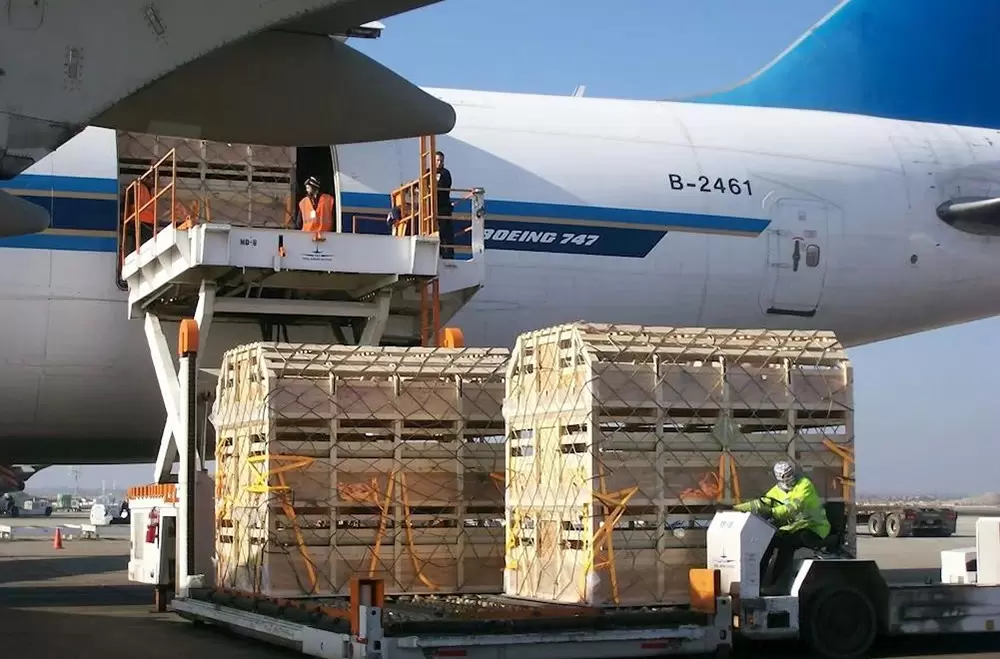The Importance of Multi-Modal Transportation in Urban Areas

As cities continue to grow and expand, the need for efficient and reliable transportation becomes increasingly important. Multi-modal transportation, which refers to the integration of various modes of transportation such as buses, trains, bikes, and walking, is crucial for the success and sustainability of urban areas. In this blog post, we will explore why it is important for a city to have many forms of transportation.
- Accessibility and Mobility
One of the primary reasons why multi-modal transportation is important is because it increases accessibility and mobility for residents and visitors. By providing a variety of transportation options, individuals are able to choose the mode of transportation that best suits their needs and preferences. This can include factors such as distance, time, cost, and convenience. For example, someone who lives in a suburban area may choose to take a bus or train into the city for work, while someone who lives in the city may prefer to walk or bike to their destination.
- Environmental Sustainability
Another important reason for multi-modal transportation is its positive impact on the environment. By reducing the number of cars on the road, cities can decrease their carbon footprint and improve air quality. Additionally, promoting alternative modes of transportation such as biking and walking can encourage a healthier and more active lifestyle for residents.
- Economic Benefits
Multi-modal transportation can also have significant economic benefits for cities. By reducing traffic congestion and improving transportation efficiency, cities can attract more businesses and investment. Additionally, providing a variety of transportation options can increase tourism and improve the overall quality of life for residents.
- Social Equity
Finally, multi-modal transportation is important for promoting social equity and accessibility. By providing affordable and accessible transportation options, cities can ensure that all residents have equal access to opportunities and resources. This is particularly important for low-income and marginalized communities who may not have access to private transportation.
In conclusion, multi-modal transportation is crucial for the success and sustainability of urban areas. By providing a variety of transportation options, cities can increase accessibility and mobility, promote environmental sustainability, generate economic benefits, and promote social equity. As cities continue to grow and evolve, it is important that they prioritize multi-modal transportation as a key component of their transportation infrastructure.




